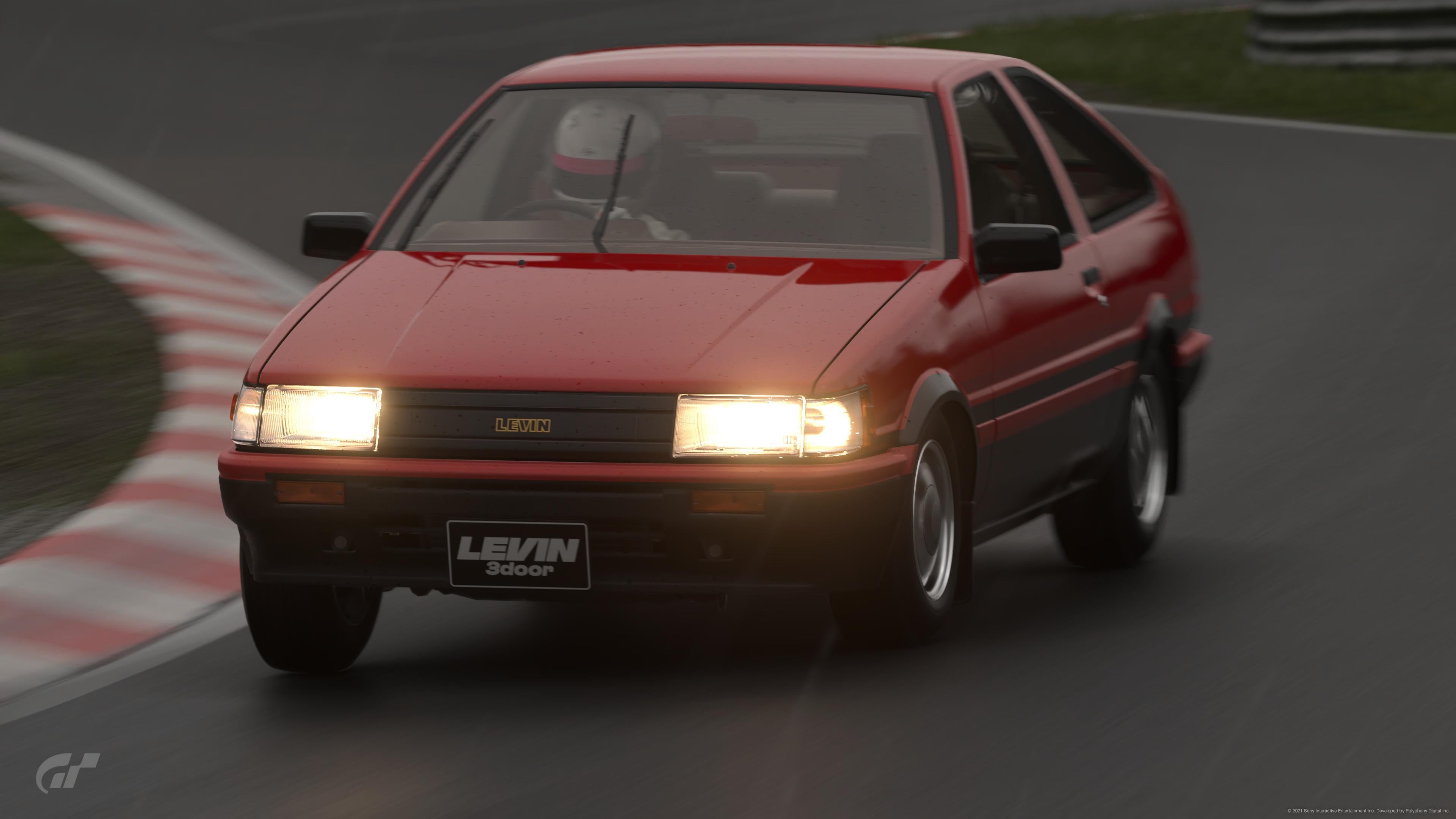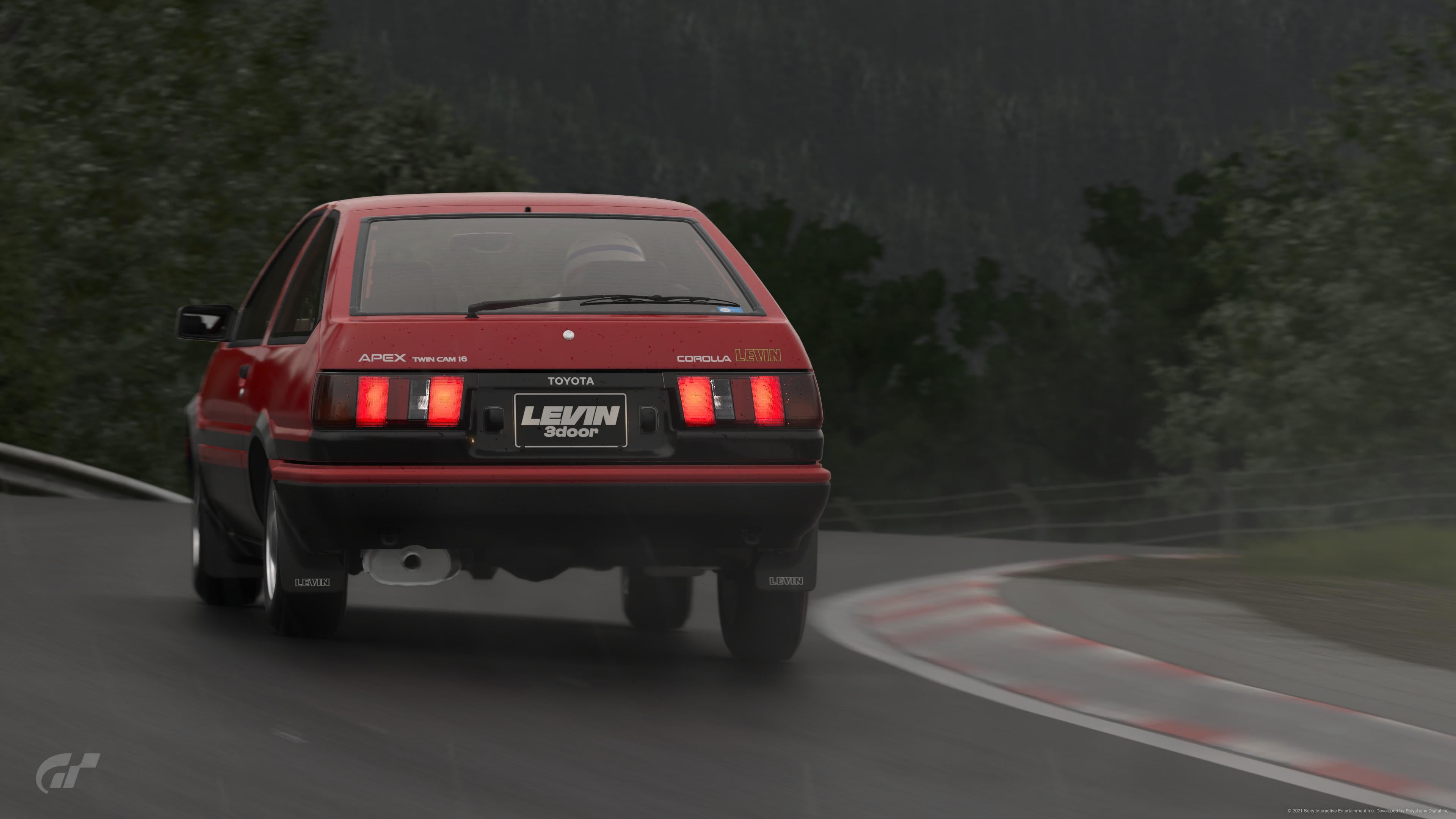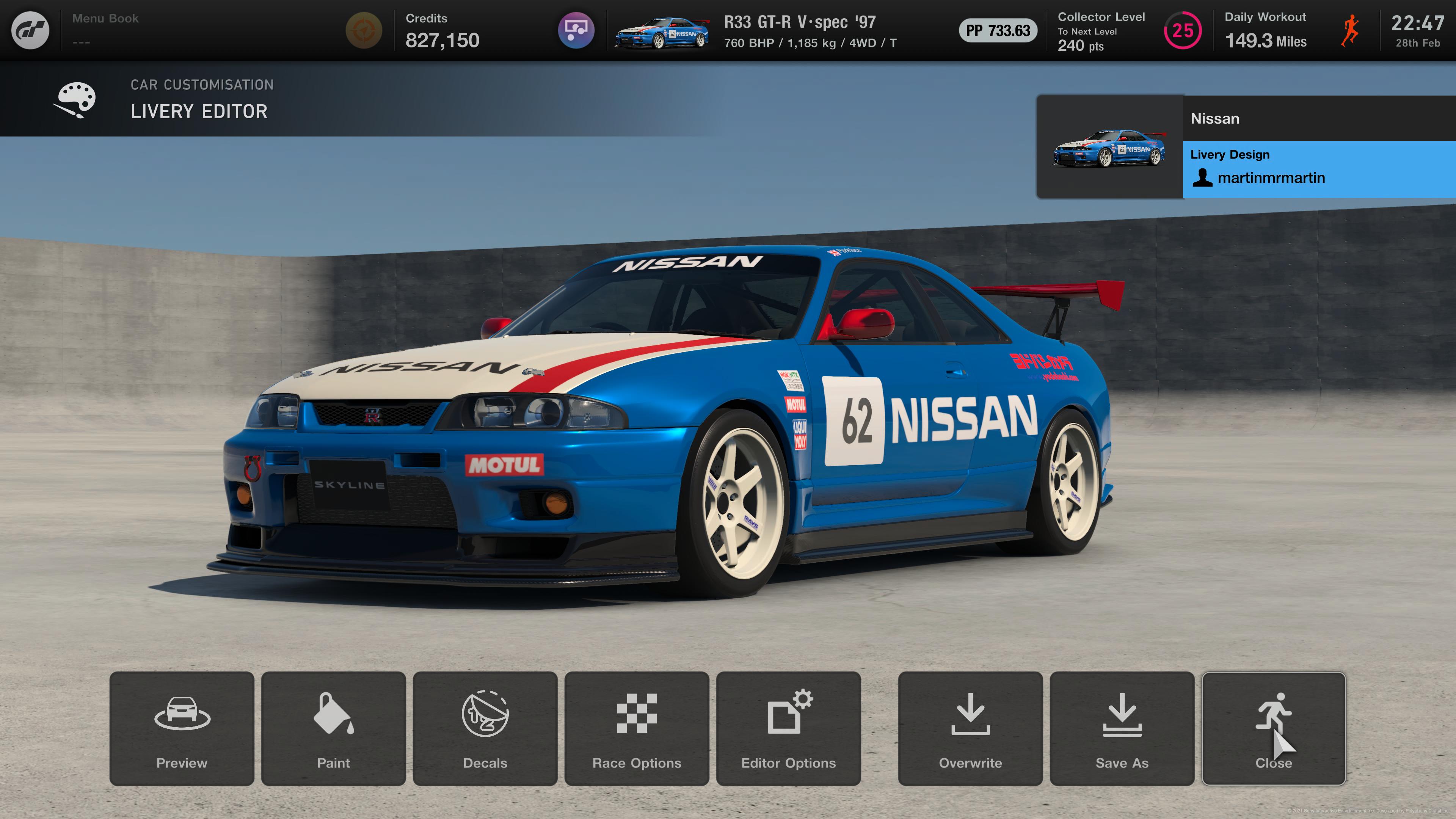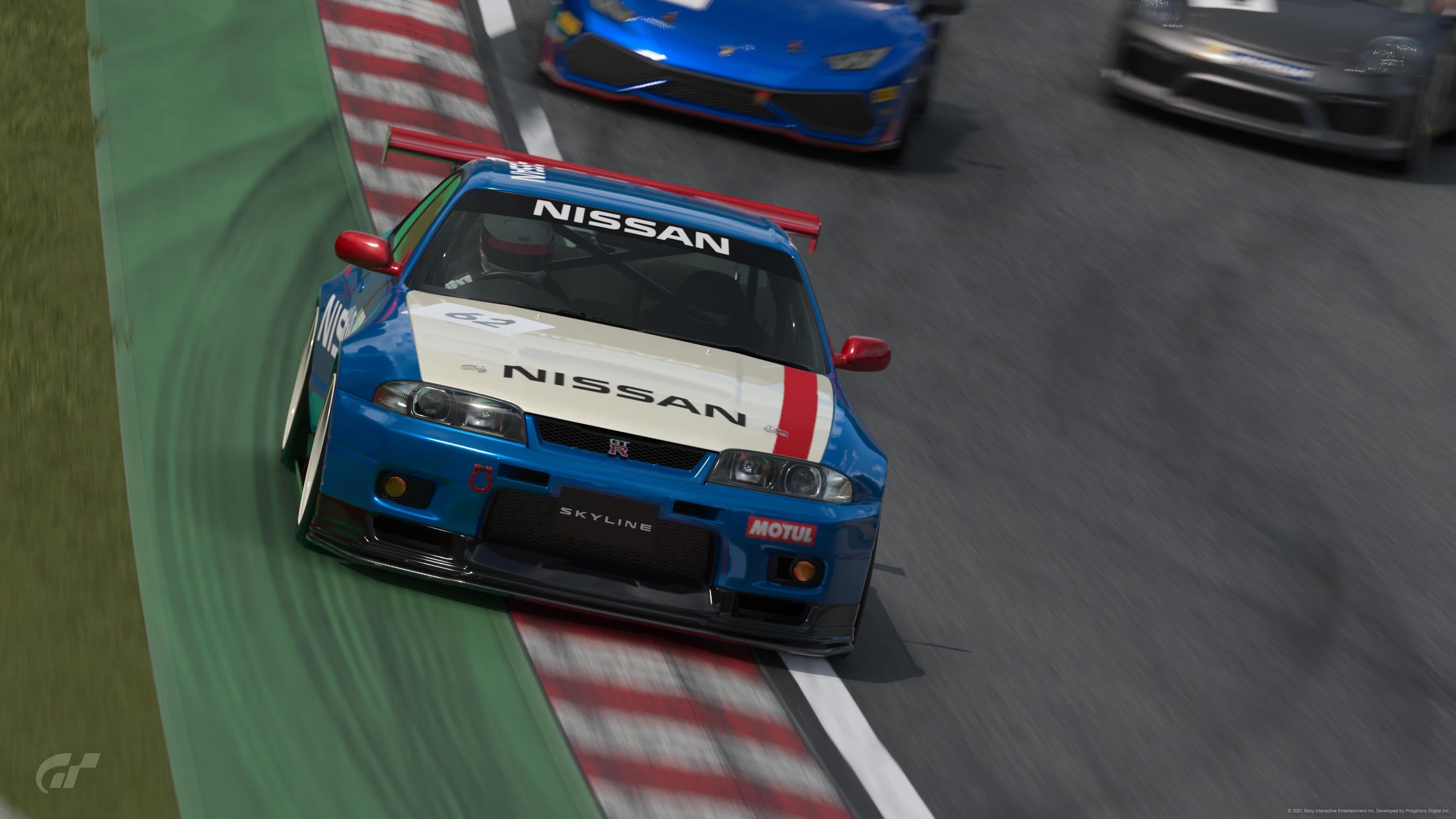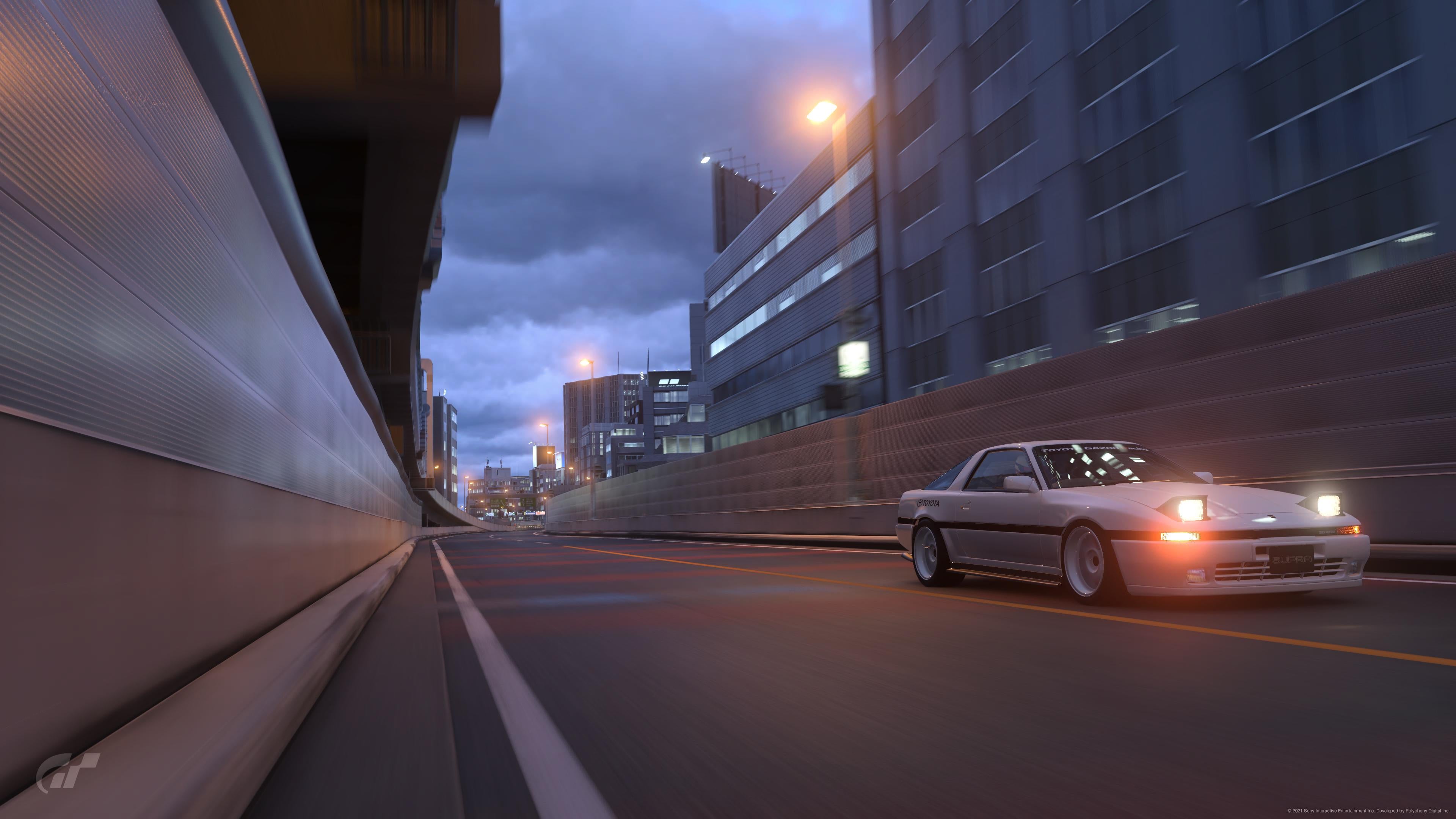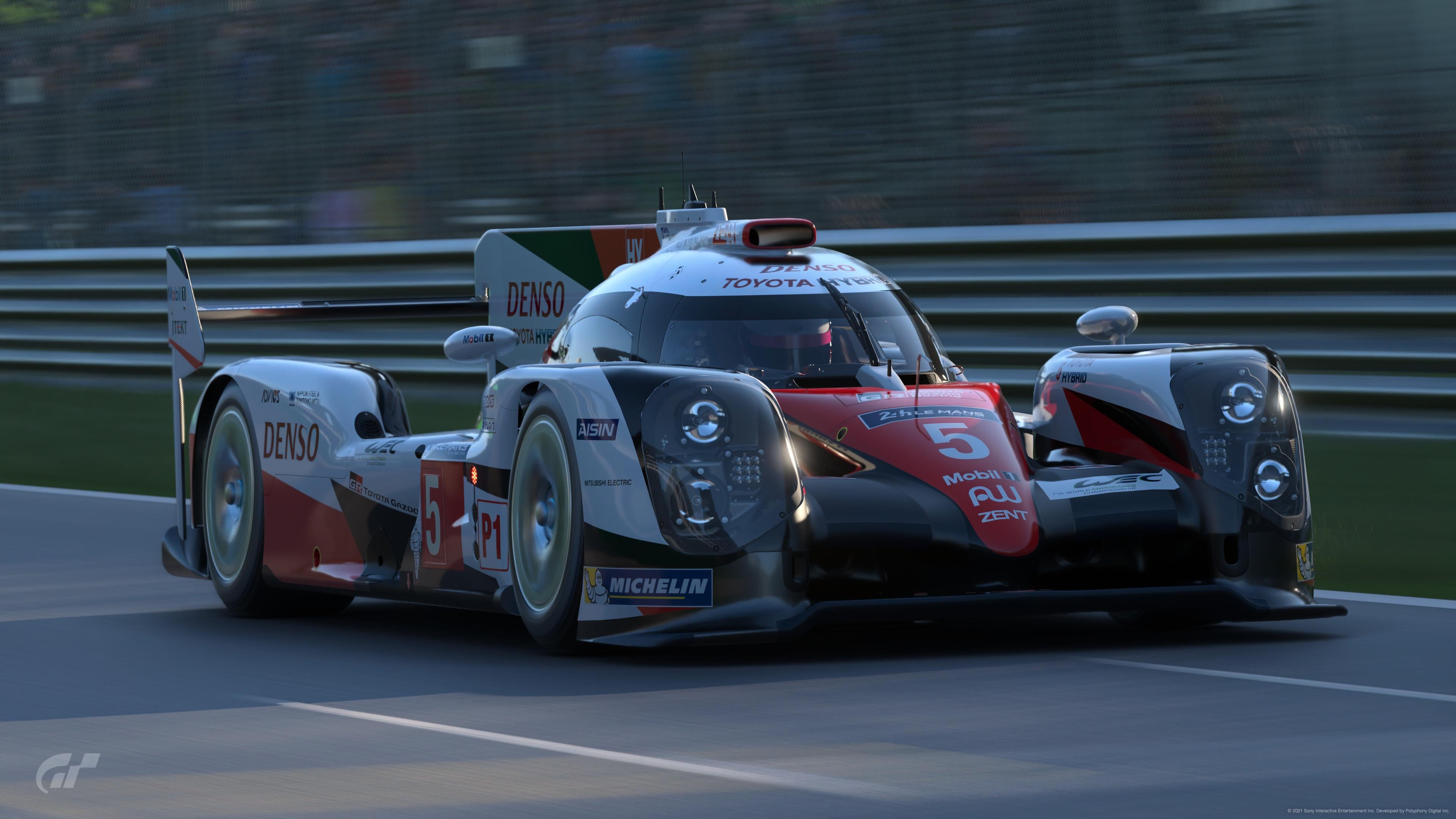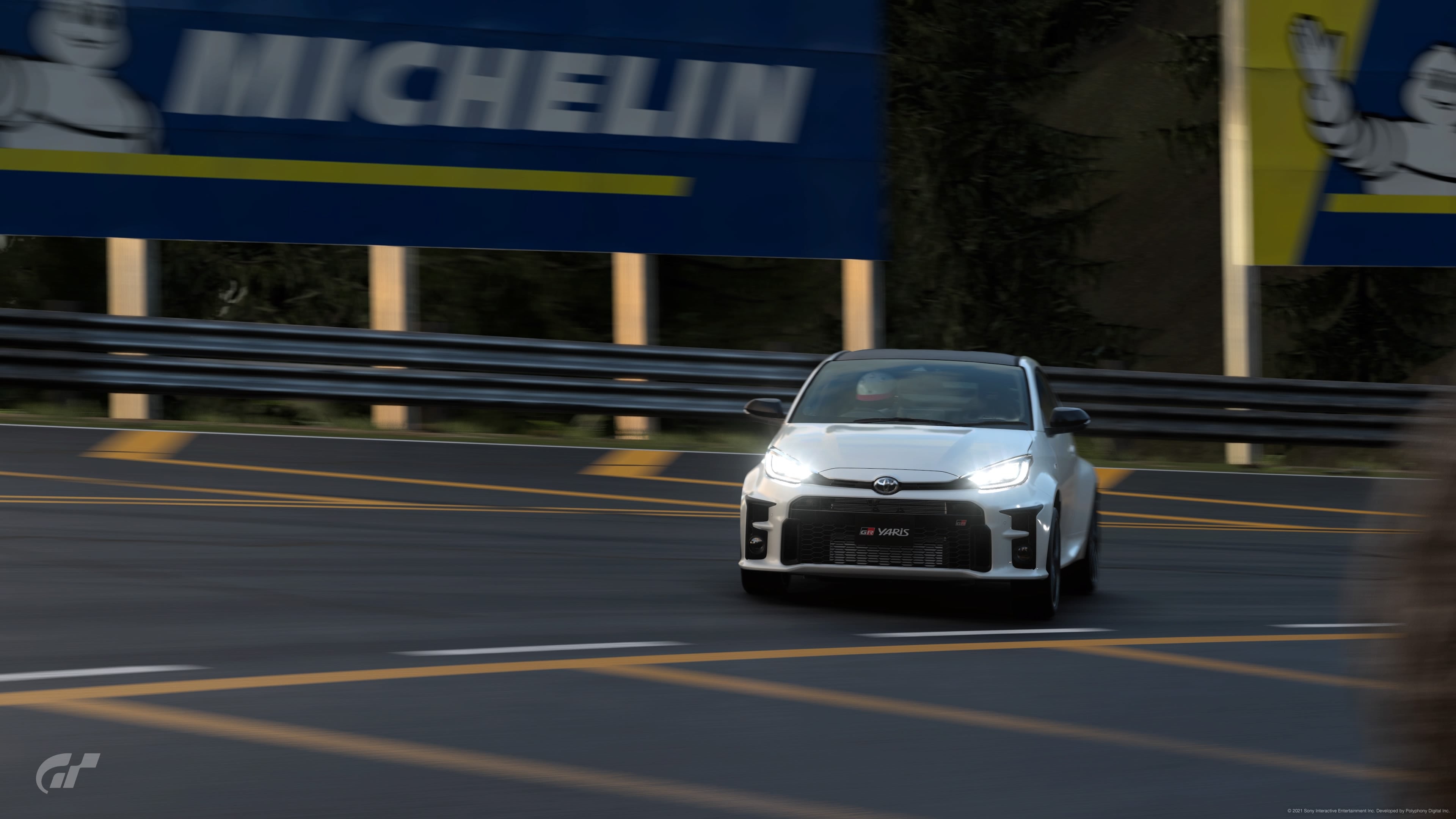Since its early noughties heyday Sony’s flagship driving series has been many other things, but it’s never really enjoyed quite the same status. Gran Turismo 5 was an awkward, unwieldy and never fully convincing shuffle into the HD era; with Gran Turismo 6 we got a flabby, unfocussed thing that ushered players all the way from the Goodwood hillclimb to the surface of the moon. Its breadth was thrilling, although the countless rough edges to be found in between were often frustrating. After that lumpy excess the logical next step for developer Polyphony Digital was to strip it all back and start again, something it did with stylish resolve in 2017’s Gran Turismo Sport. Here was the first Gran Turismo game that wasn’t so much about driving as it was racing, taking the disciplined structure and approach of iRacing into the living room. The result has been a hugely successful series supported by well stewarded, closely fought racing, as well as by one of virtual racing’s most vibrant communities. Excuse the potted history lesson, but history’s kind of important to Gran Turismo 7. This is what amounts to a full-blooded celebration of a quarter of a century of Polyphony Digital’s series, reinstating a 20-hour single player campaign and car customisation while restoring classic tracks like Deep Forest and Trial Mountain. So dense are these callbacks that at times it’s like playing a lavish Demon’s Souls-esque remake of Gran Turismo 2, with the colour and vibrancy of the series in its late-90s pomp switched all the way back on. It’s about more than a 25th birthday party for Polyphony Digital, though. There’s a pointendess to the heavy nostalgia here, and a play to all those who’ve been turned off by the series’ more wayward turns in the latter part of its history. The result is a Gran Turismo that’s as accessible, open-armed and straight-up enjoyable as there’s been in the series’ history; I don’t think Gran Turismo has ever been as focussed or finessed either. Thankfully none of that comes at the expense of the series’ eccentricity and charm, which can be found right at the core of Gran Turismo 7. A world map frames the campaign, from which you can visit a slowly unlocked roster of circuits (and a fairly generous roster at that, with Gran Turismo Sport’s tracklist bolstered by returning fantasy tracks as well as the likes of Daytona), shop for cars old and new, bolt a few extra horses under the bonnet or take part in one-off missions or licence tests. At the heart of all that, though, there’s the cafe. It’s where you’ll find elderly car enthusiast Chris, always keen to cast an eye over whatever ride you’re in at the time; it’s where you’ll be accosted by Jeremy with his cheek-splitting grin who’s always ready with a fact or three about the car you’ve just collected. The other day Tom Matano, designer of the original Mazda MX5, was telling me all about the time he got invited to a Texas wedding where the bride and groom were united in love for his iconic roadster. Of all the many twists and turns Polyphony Digital has taken the series over the years, Gran Turismo: the visual novel might well be the most surprising yet. What’s perhaps more surprising is Gran Turismo 7 lands it remarkably well, giving its campaign an oddball character all of its own. In that same cafe you’ll also find friendly-faced Luca, who presents you with menu books tasking you with acquiring certain licences, winning certain races or - more often than not - collecting certain cars. Bring them back and you’ll be treated to a brief history lesson, or perhaps even some insight by one of the designers who infrequently stop by. It provides Gran Turismo 7’s campaign with warmth as well as a strong backbone, even if it can tend towards being overly prescriptive. There’s a narrow line through the main campaign, and it’s only later when you’re introduced to the joys of modding a ride that you’re afforded a little more freedom - even if the art of modification is often nothing more graceful than bolting on everything you can until you hit the desired Performance Points limit for whatever race you’re aiming for. Customisation isn’t new to Gran Turismo, but it’s certainly being handled in a different way upon its return. The method seems more akin to the real-life balance of performance that keeps sportscar fields bunched together - and it’s not the first time Gran Turismo has taken inspiration from the real world of racing - with the ultimate lap time simulated and taken into account. It’s more simulation-based, in short, which also means there are more tangible results from your tinkering, so you’ll feel the benefit of those carbon brake discs you put on to counteract turbo that’s sending you around at silly speeds. It’s never as freeform as Forza, and there aren’t quite as many options here to boot, but it’s nicely focussed and what’s there has an impact. You’re made to notice, as early on in your Gran Turismo adventure money’s hard to come by. There’s a frugality to the campaign which works in its favour at first, having you carefully consider each new upgrade and ensuring you savour every new car you save up for. In Gran Turismo 7, every car feels like an event of its own such is the detail they’re captured with, the cockpit plastics and cloths recreated with just the right amount of sheen while that authenticity can be felt under the fingers too. How accurate it is to the real thing I have no idea - I’m a humble man with nowt more than a knackered Toyota in my drive - but what really impresses with Gran Turismo 7 is how each car feels faithful to the character of the real thing without ever tipping over into caricature. The care and attention that’s gone into each one helps, extending from the density of detail in the light cluster model all the way through to the engine note and handling characteristics are conveyed. Which is to say hurling a Mini Cooper around Goodwood feels every bit as satisfying as hitting 240mph down the Mulsanne in a pukka prototype. Even my knackered old Toyota gets its dues, the lolling boatiness of a mk3 Supra perfectly preserved in Gran Turismo 7’s version. A small handful of improvements help Gran Turismo 7’s cause no end, including a newly dynamic cockpit cam that does away with the sterility of old and sells each roll of the body to the player. In tandem with the PlayStation 5’s DualSense controller where you can feel springs compress under load as you lean into a corner and where each car’s brake pedal has its own distinct feel, all the way from the heavy punt required of a racing car’s and the worryingly soft touch of steel brakes. The result of all that is every new car you collect feels like an event in itself. By the time the credits roll - after a climactic race that’s one of countless nods to the series’ history, and that may well have given me a little lump in my throat - you’ve been presented with a satisfying tour through Gran Turismo’s history and perhaps learnt a thing or two about cars along the way. You might even have fallen in love with them given how Gran Turismo’s enthusiasm for the automobile, told through all of its exacting detail and its many eccentric outbursts, can be kind of infectious. If you’re coming back to Gran Turismo after some time away there’s some pleasant surprises to be had too. Like how its multiplayer is best in class on console, with all the benefits of Sport retained in Gran Turismo 7, with the same daily races and focussed, fun racing. Like how it now has a livery editor that’s one of the most approachable around, letting you create your own with ease or turn to the output of the community in what’s effectively a built-in Trading Paints. Like how cars no longer sound like angry vaccum cleaners, and how after Gran Turismo 7’s considerable improvements this is - and I can’t quite believe this myself - one of the most impressive audio driving experiences around. It’s not so much about the aggression and growl of the engines - Gran Turismo 7 remains quite timid in this regard - but instead in the fidelity that’s best told through 3D audio where you’ll hear the soft percussion of rain on a rooftop while cruising Tokyo Expressway and even the soft rattle of a loose dashboard for all you ASMR freaks. Driving in Gran Turismo 7, thanks to the alchemy of the DualSense feedback, the open-armed yet authentic handling, the camera that leans in with you and the simple craft that’s gone into each car feels sensational. Not to mention just how goddamn good it all looks - something which has led to me spending just as much time snapping pictures as piling in the miles. This is Gran Turismo as spectacular as it’s ever been, told with the razzamatazz of the first-party exclusive (and including the first time I’ve really appreciated raytracing, available in the photo and replay modes where I spend so much of my time and embedding the cars in their environment to great effect). It’s worth noting with some caution, though, that this remains a Gran Turismo game. Damage is essentially non-existent, the car list still feels slim and outdated (maybe I’m just sore that my beloved Lotus haven’t made the cut though I’ve had plenty of Toyotas to console myself with, even if I can’t fathom why that marque’s Le Mans winning car still isn’t in the game). It’s got some of the same frustrations, and a lot more of the same nonsense, the most egregious of which is surely the microtransactions that can be used to purchase in-game economy - something of a problem given how, once you’ve rolled credits in Gran Turismo 7, the grind is the game. Some of the new features fall flat - Music Rally, the only option on the main menu beyond the World Map that hosts every other Gran Turismo 7 activity, is an undercooked variation of an old fashioned checkpoint race that’s set in time to music that at least let’s Polyphony Digital’s eccentricity shine, and the Music Replay feature that cuts replays in time to tunes is cute but inconsequential. Likewise, the new weather effects are outstanding in their implementation but limited to just ten tracks and with not quite the same level of fidelity hinted at upon their first reveal. And how I’d dearly have loved to see B-Spec return. Half-met promises and some missing features feels like part of the modern Gran Turismo experience expected by fans, but for the first time in several ages this feels like a Gran Turismo that’s worthy of being a modern blockbuster, its appeal breaking out well beyond cultish car nerds like myself. It’s a sumptuous, arrestingly gorgeous thing that most importantly retains its enthusiast’s heart under the graphical showcase, and that does its level best to make a car enthusiast out of anyone in its orbit. Is it the king of driving games once more? The genre’s now too broad and too varied to make such a statement, though Gran Turismo finds itself a neat slot alongside the likes of Assetto Corsa and iRacing, presenting accessible driving that looks simply staggering. Is it the best Gran Turismo to date? Of that there’s no real doubt.

